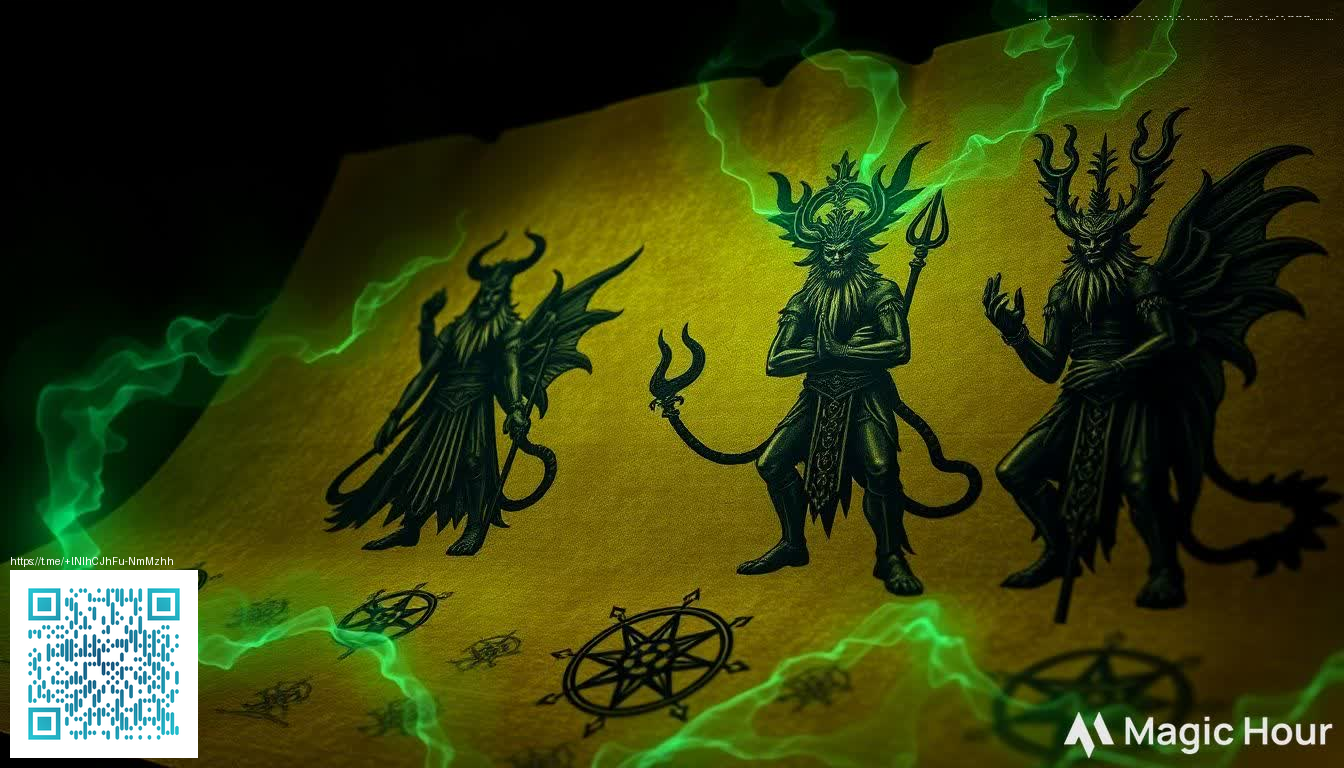
Understanding Glassnode Metrics for Bitcoin
Bitcoin careens through cycles that blend psychology, macro forces, and on-chain activity. For researchers, traders, and even long-term hodlers, the right metrics can translate raw blockchain data into actionable narratives. Glassnode is one of the most widely used data providers in this space, offering a suite of on-chain indicators that help you distinguish between price movements driven by momentum and those rooted in network fundamentals. Rather than relying on price alone, you can explore how on-chain signals corroborate or challenge a given setup.
Core Metrics that Matter
Several foundational metrics repeatedly prove valuable when analyzing Bitcoin’s health and potential price direction:
- MVRV (Market Value to Realized Value) compares the current market value of all existing coins to their realized value. When MVRV spikes, it can signal overheated conditions; when it dips, it may reflect capitulation or consolidation opportunities.
- NVT (Network Value to Transactions) offers a cash-flow perspective by relating network value to on-chain transaction activity. A rising NVT can imply rising value per unit of on-chain activity, while a falling NVT might indicate a more efficient or less speculative regime.
- NVRV (Network Value to Realized Value) is a related lens that emphasizes the price of coins currently moved on-chain versus the broader market cap. Sudden shifts in NVRV often precede notable reversals or breakouts.
- Realized Price reflects the price at which coins last moved on the chain, smoothing out short-term price noise and highlighting the cost basis of the active supply.
- Supply Metrics such as HODL waves, entity counts, and exchange flow provide context on how demand is distributed across holders, exchanges, and long-term investors.
These metrics aren’t crystal balls. They’re signals that, when interpreted together, can reveal deeper structure behind price moves. For example, an elevated MVRV combined with growing realized value may indicate that a portion of on-chain profits is still unrealized, suggesting caution or potential consolidation rather than a strong immediate breakout. Conversely, a low MVRV after a prolonged rally might hint at a bearish pullback or capitulation phase, depending on other corroborating data.
Putting Metrics into Practice
To use these insights effectively, pair Glassnode data with context from market structure, macroeconomics, and risk tolerance. Here are practical steps you can follow:
- Build a layered view: start with MVRV and NVT to outline value signals, then layer in exchange flow and active address trends to gauge whether momentum is supported by on-chain fundamentals.
- Watch for divergences: when price moves in one direction but on-chain metrics lag or diverge, it often flags a potential reversal or a change in regime.
- Time horizons matter: short-term traders may emphasize momentum-based signals, while long-term investors might focus on realized price, NVRV, and hodler behavior to assess treasury strength.
- Combine with indicators beyond Glassnode: use traditional chart patterns, volume analysis, and macro indicators to avoid overreliance on a single data source.
As you explore these tools, consider the workspace you use for analysis. For long research sessions and precise tracking, a reliable setup matters just as much as the data itself. If you’re shopping for gear to support focus and accuracy, you might find value in a high-quality mouse pad that keeps your desk organized and your mouse glide smooth. For instance, this gaming mouse pad 9x7 neoprene with stitched edges can be a practical companion during heavy charting sessions.
For readers who want a quick reference to the on-chain signals discussed here, Glassnode’s explanations and datasets are often summarized on dedicated resource pages. See the overview page at https://spine-images.zero-static.xyz/3cf3b569.html to connect the visual narratives with the metrics mentioned above.
“On-chain data is most powerful when it’s interpreted in the context of market cycles and user behavior,” a seasoned analyst might say. Glassnode provides the lens, but thoughtful interpretation completes the picture.
A Candid Note on Interpretation
Data granularity and timestamp alignment can influence what you see in a given window. Always cross-check multiple metrics and calibrate your expectations to the current cycle—whether it’s a bull run, a bear market, or a quiet accumulation phase. The goal isn’t to predict the exact top or bottom but to understand the underlying momentum and distribution of value within the network.